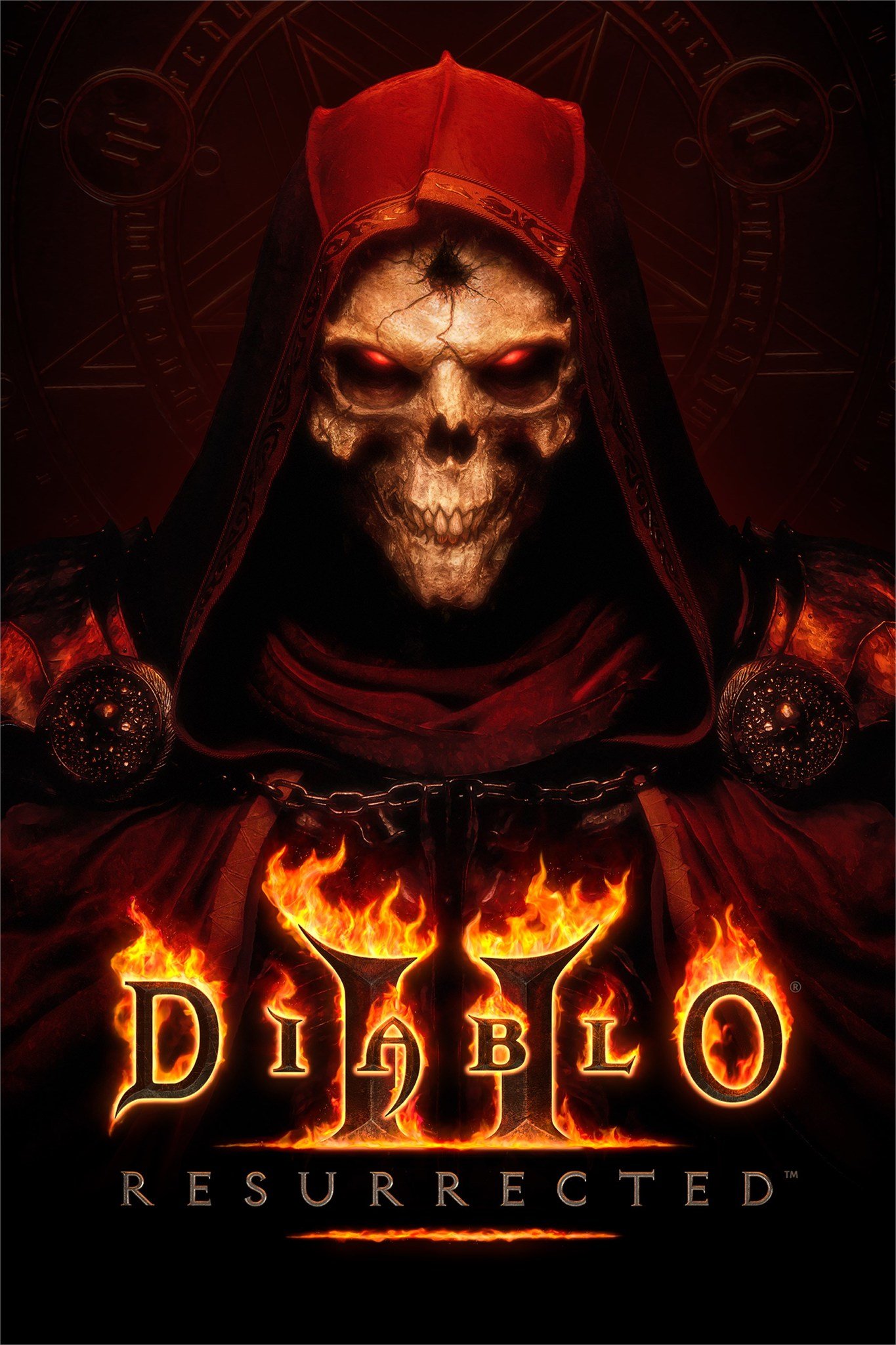Diablo 2: Resurrected — Best Necromancer build for beginners and ladder resets
Got a fever for femur? Finding death and carnage humerus? Then it's time to dive into the best Necromancer build for beginners, the Summonmancer.
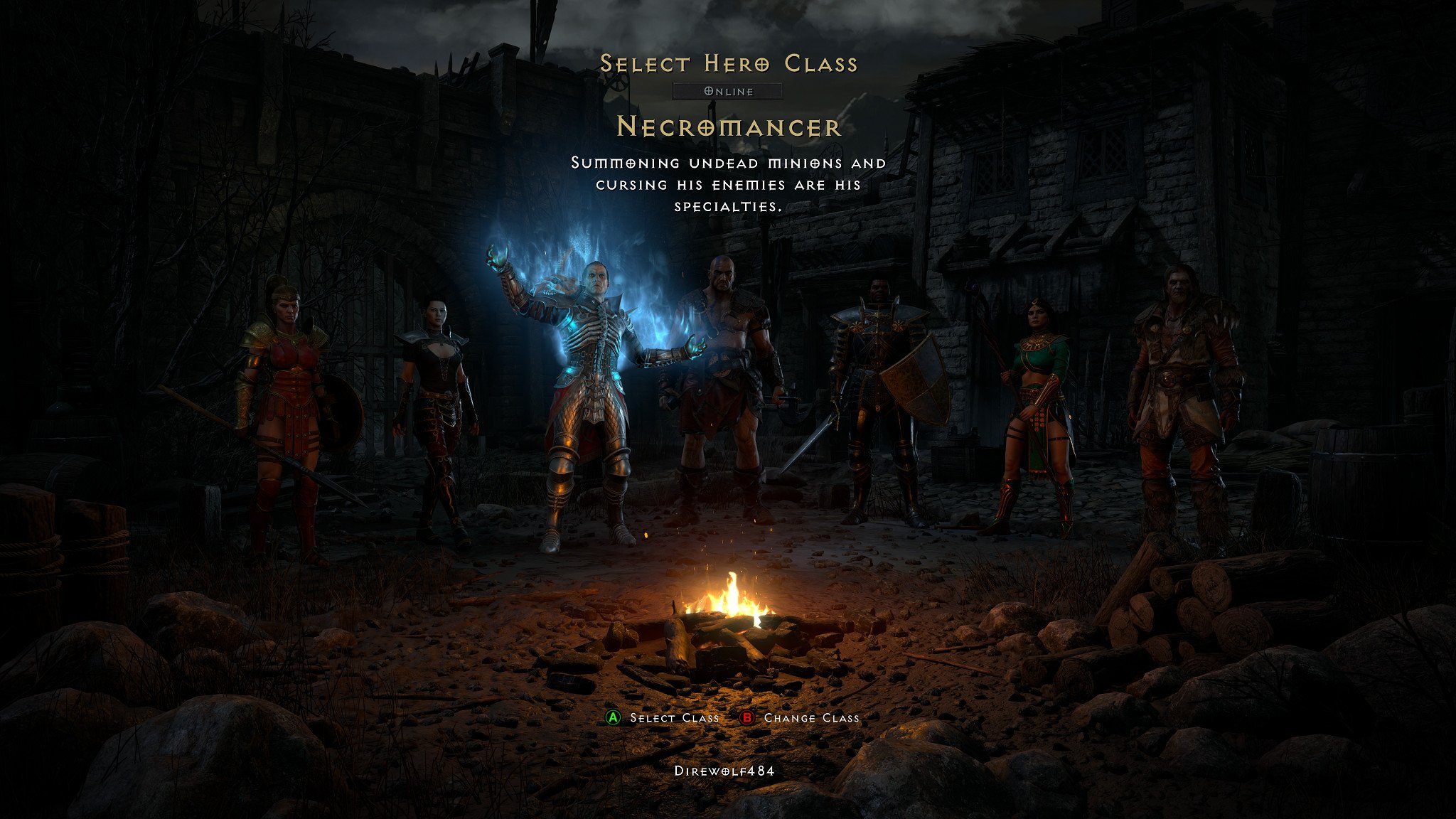
Diablo 2: Resurrected is available for all to dive into. While this isn't the first time many players explored the world of Sanctuary under threat from the Prime Evils, there are still plenty of improvements that could help elevate this hack-and-slash adventure into one of the best Xbox RPGs available. If you want to play a Necromancer and you're not sure where to start, don't worry. I'm a big fan of the Summonmancer build and while there's some variations available, follow the core idea and you'll be able to handle Hell difficulty up through Act 5.
With a little work and guidance, you'll go from barely being able to handle a single skeleton all the way up to a necromantic lord with your own personal monstrous, maniacal menagerie. Here's a basic look at the stats and skills you'll need for one of the best Necromancer builds in Diablo 2: Resurrected.
Early game and respec'ing your Necromancer in Diablo 2: Resurrected
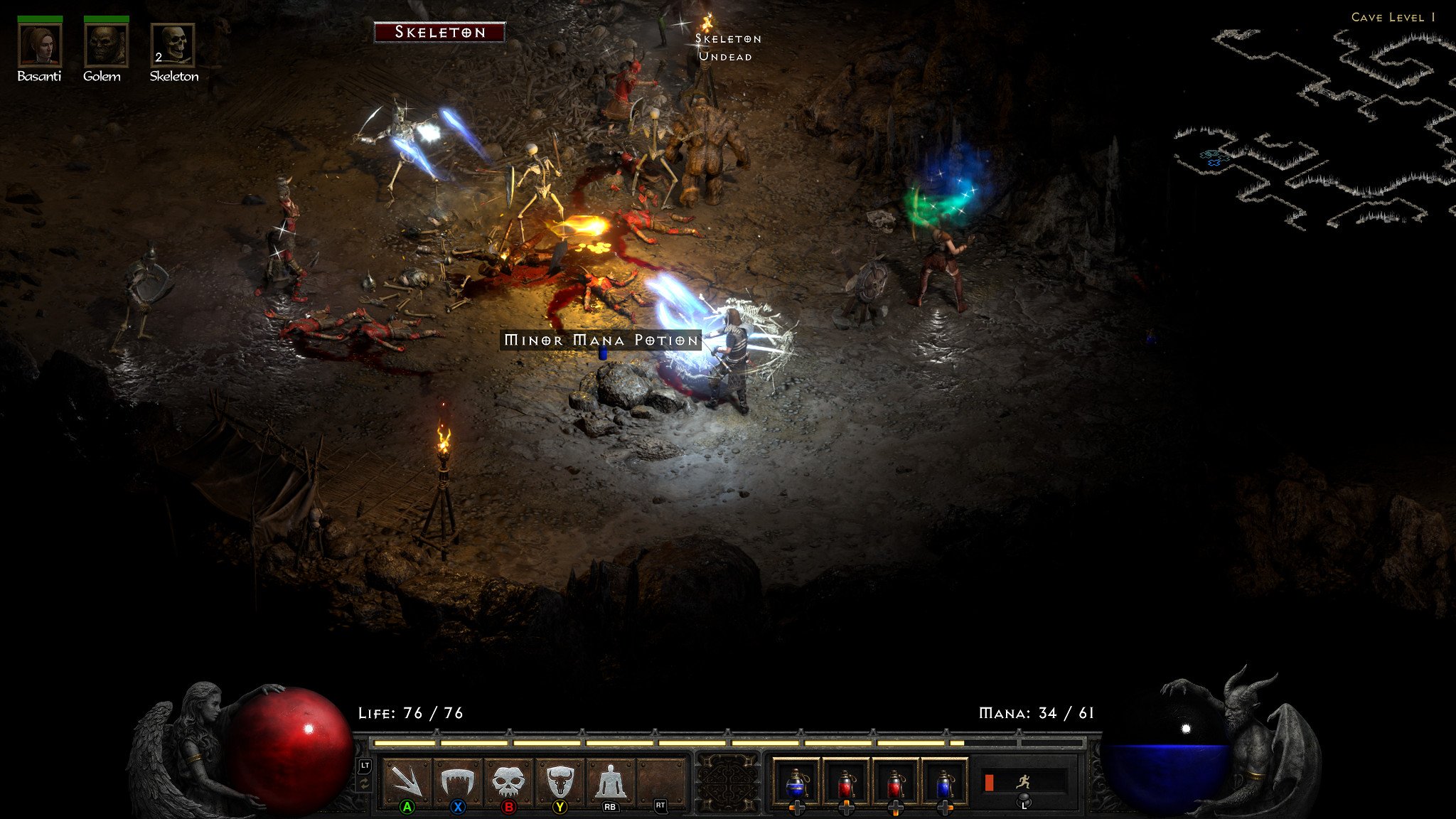
The Necromancer isn't the most popular character available in Diablo 2: Resurrected, especially with beginners. That title probably belongs to the Diablo 2: Resurrected Sorceress or the Diablo 2: Resurrected Paladin. With that in mind, assuming you're plowing ahead as a Necromancer and you're aiming for the Summonmancer build, you have some options.
Diablo 2: Resurrected gives players three free "respecs" that allow you to change your attributes and skills. Use them carefully!
Diablo 2: Resurrected gives players three free "respecs" that allow you to change your attributes and skills. Use them carefully! If you exhaust these three, you can respec again, but it'll require a Token of Absolution. It's one of the toughest Horadric Cube recipes to fulfill, needing essences from Andariel or Duriel, Mephisto, Diablo, and Baal. There's one free respec for each difficulty: Normal, Hard, and Hell.
As a result, don't feel too stressed in your early levels, especially level 1 through level 15. This build allows some room to experiment and if it becomes clear you've really messed it up, you'll have saved a free respec for when it really matters. With that said, it's not a bad idea to start putting points into your Teeth skill to give yourself a ranged option.
Key stats for your Necromancer in Diablo 2: Resurrected
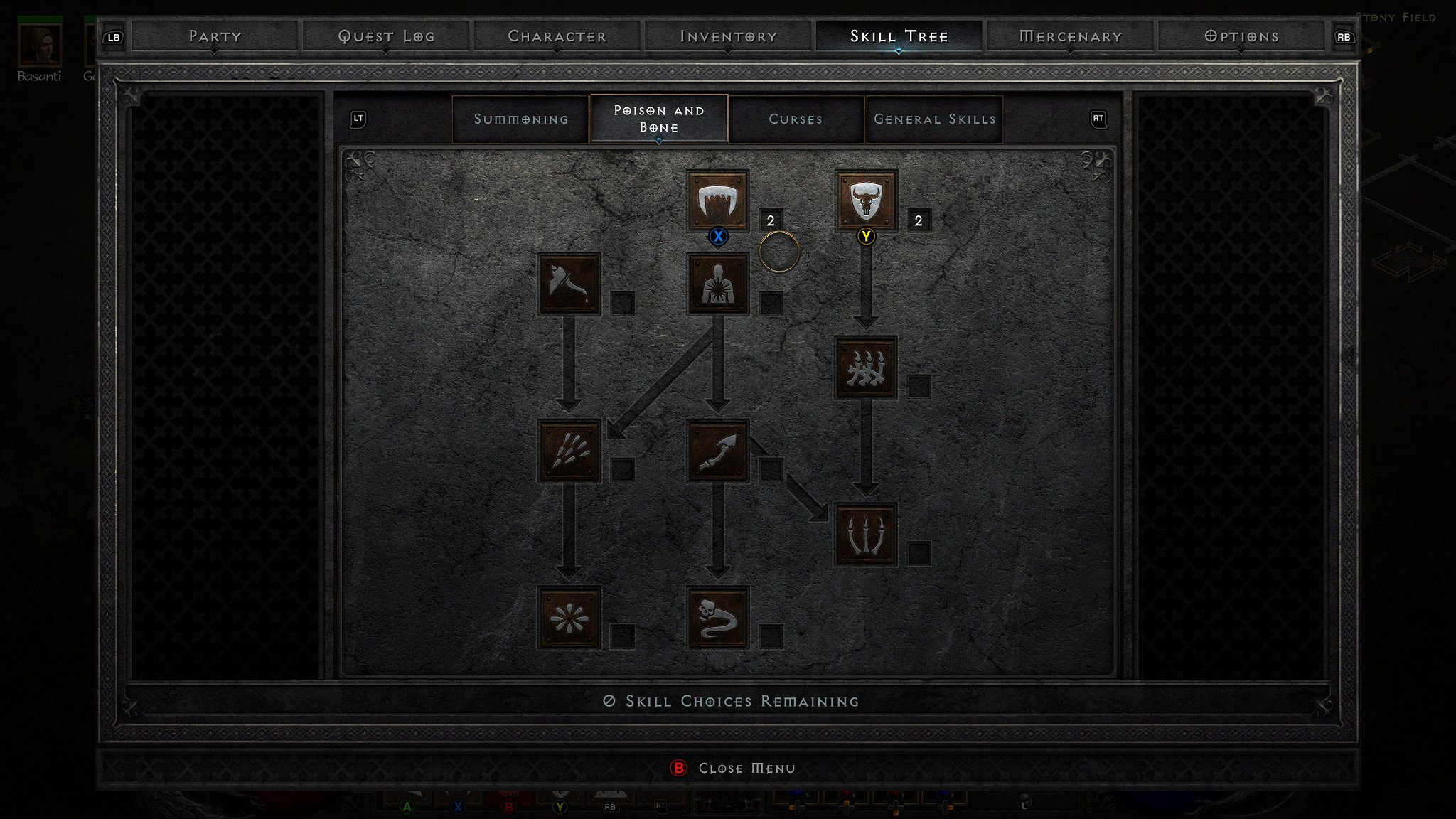
Don't get overwhelmed with all the different stats you'll see when starting out in Diablo 2: Resurrected. There's a few key things for you to focus on as a Necromancer, especially when going for the Summonmancer build. Those are Energy, Strength, Vitality, Faster Cast Rate, and Faster Hit Recovery.
Energy
Energy isn't the most important stat for your Necromancer, especially the Summonmancer build. With that said, if you're a newer player and you're worried about not having enough Mana potions, a few level-ups put into Energy to increase your Mana won't hurt. On top of that, since the Necromancer gains two points of Mana per level put into Energy, you only really need a few level-ups in Energy to get everything you'll need to maintain an army of undead.
Get the Windows Central Newsletter
All the latest news, reviews, and guides for Windows and Xbox diehards.
Strength
Since you'll only be putting a few points into Energy and you'll be avoiding Dexterity (unless you opt for enough to use max block in conjunction with Homonculus), you can put a lot of points into Strength. This'll allow your Summonmancer to use heavier armor and weapons, necessary for surviving up-close encounters whenever your ball of writhing monsters, undead and golems aren't keeping enemies occupied.
Vitality
Vitality is your dump stat, easily the most important part of building your Summonmancer. It'll increase your health, making you survive longer. It's simple but also extremely important, especially when playing on higher difficulties.
Faster Cast Rate and Faster Hit Recovery
Faster Cast Rate and Faster Hit Recovery (or FCR and FHR) determine how quickly your Summonmancer can cast spells and recover from being stunned, respectively. Despite both stats being increased by items in percentage points, Diablo 2: Resurrected features something called "Breakpoints."
Essentially, this means that the percentage increase has to hit a certain threshold (or Breakpoints) in order to actually change how many frames an action takes. This differs based on class, as well as a few other variables. Here's the breakpoints for the Necromancer.
| Frames | FCR |
|---|---|
| 15 | 0% |
| 14 | 9% |
| 13 | 18% |
| 12 | 30% |
| 11 | 48% |
| 10 | 75% |
| 9 | 125% |
FHR works in a similar fashion to FCR, it just determines how long it takes to go into recovery mode.
| Frames | FHR |
|---|---|
| 13 | 0% |
| 12 | 5% |
| 11 | 10% |
| 10 | 16% |
| 9 | 26% |
| 8 | 39% |
| 7 | 56% |
| 6 | 86% |
| 5 | 152% |
| 4 | 377% |
For the Summonmancer specifically, FCR isn't super important, as ideally most of your casts are for summoning skeletons, golems, and assorted resurrected monsters. That being said, getting higher won't hurt, if you get the right gear drops. FHR is much more important, especially if you're staying up close and personal using melee weapons. Try to get your FCR to the 86% breakpoint.
Diablo 2: Resurrected Necromancer and Summonmancer skills
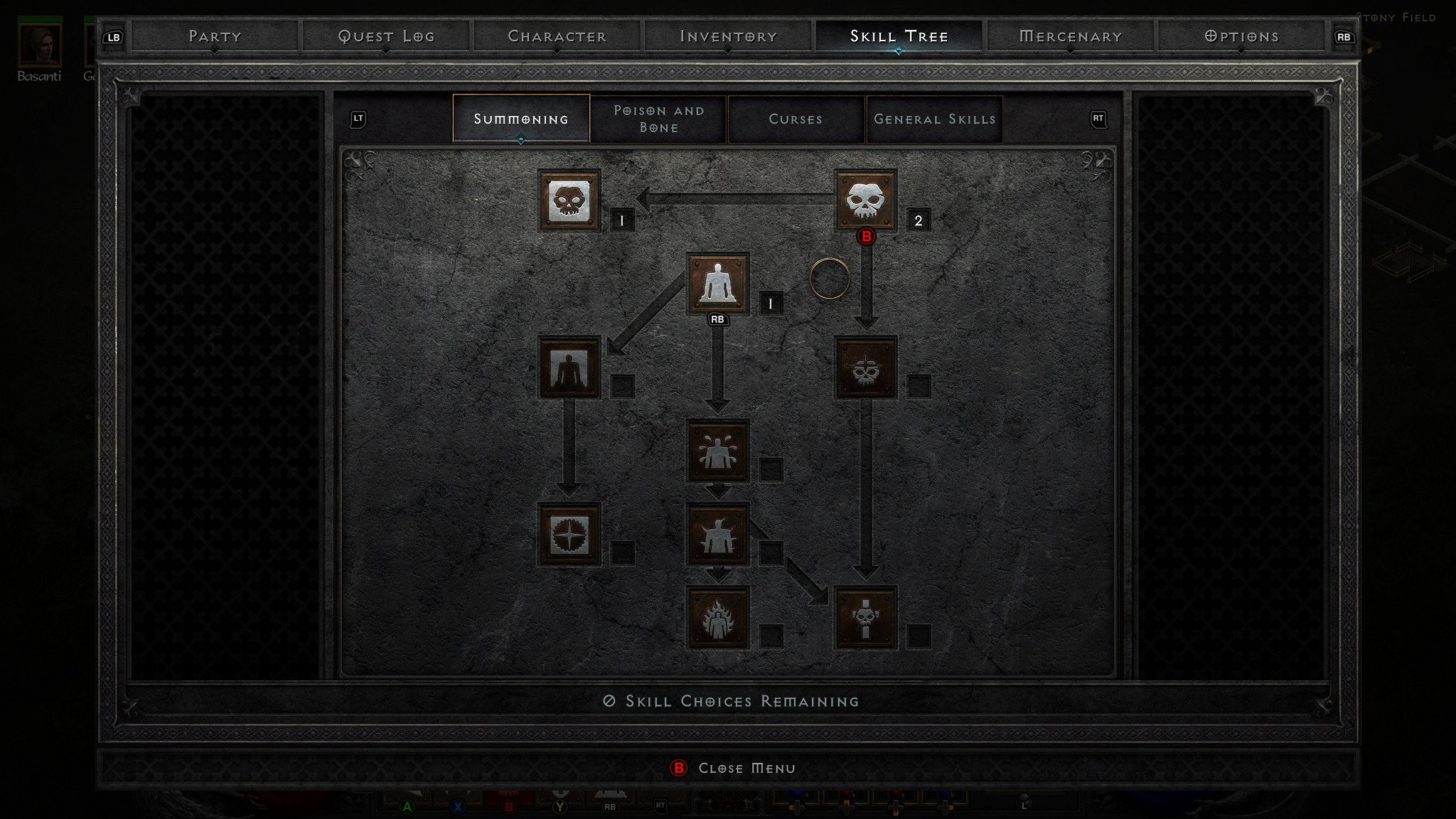
For obvious reasons, you're going to focus very, very heavily on the Summoning skill tree. Outside of that, a few points in the Poison and Bone Spells won't hurt, especially if you're opting for Bone Armor instead of Dexterity. You'll want to ignore Curses for the most part though. The Summonmancer is a writhing wrecking ball, moving a swarm from dungeon to dungeon. There's room for variation, but you'll want your skills to look something like the following:
| Summoning | Points |
|---|---|
| Raise Skeleton | 20 |
| Skeleton Mastery | 20 |
| Clay Golem | 1 |
| Blood Golem | 1 |
| Summon Resist | 1 |
| Iron Golem | 1 |
| Golem Mastery | 1 |
| Raise Skeletal Mage | 1 |
| Fire Golem | 1 |
| Revive | 1 |
If you opt to put a couple of points more into Golem Mastery instead of Skeleton Mastery, that's fine.
| Poison and Bone Spells | Points |
|---|---|
| Teeth | 4 |
| Bone Armor | 2 |
| Bone Wall | 1 |
It's nowhere near as important, but putting a few points into Teeth gives your Summonmancer a ranged crowd control option, especially if you've decided to put more points into Energy. Bone Armor will aid your survivability, especially on Hell difficulty, as just a couple of points can be the different between life and death against some bosses. Putting a single point into Bone Wall is optional, but it's a nice option to have for more crowd control or just to put a wall between you and some obnoxious boss.
Best Necromancer and Summonmancer gear in Diablo 2: Resurrected
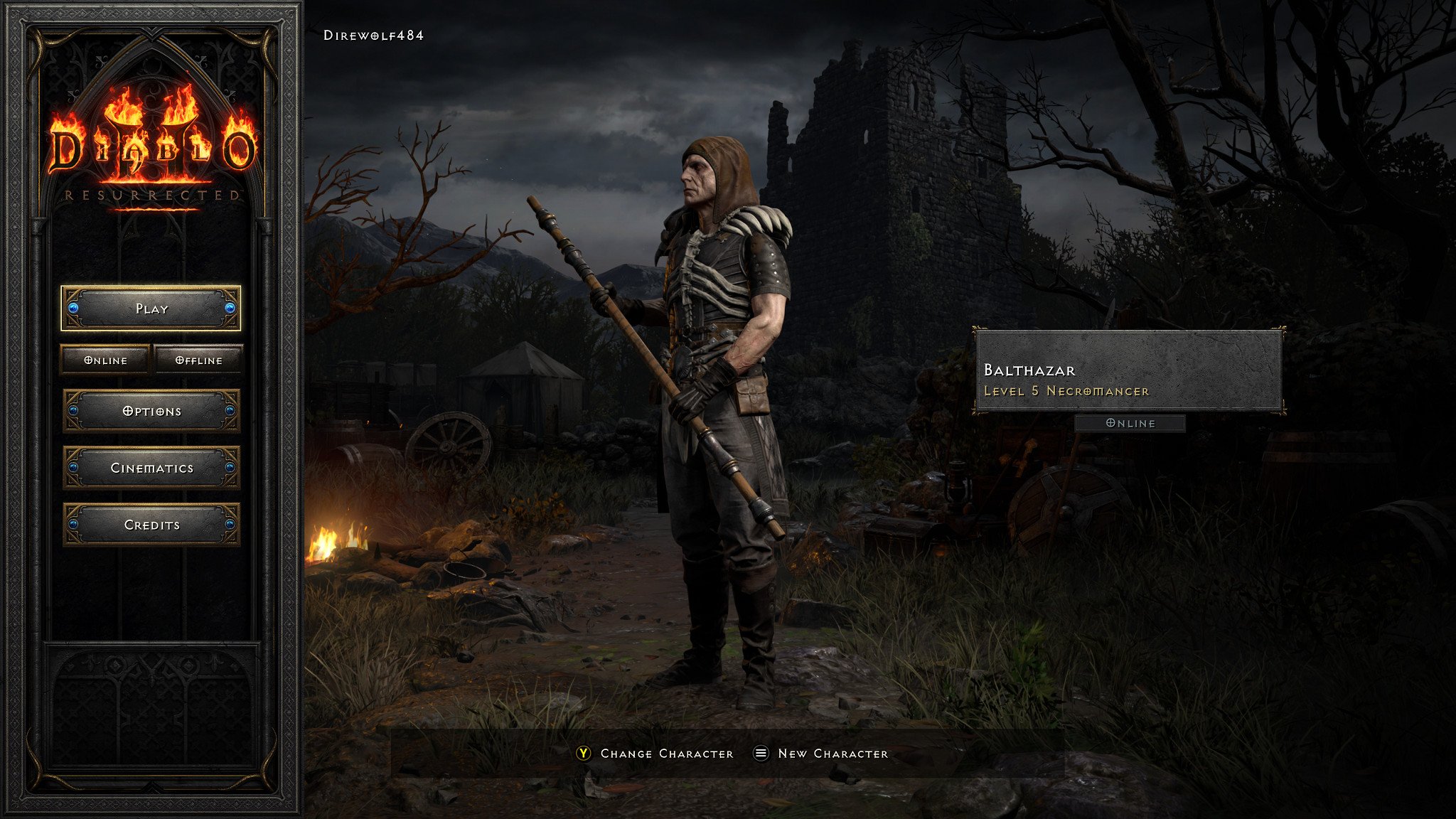
For the Summonmancer, you'll want to focus on any gear that increases +Skill or Vitality, the latter especially if you opt not to use Bone Armor. The former gives you even more powerful monstrous summons and skeletons, which should be your main focus on this build.
Early runewords for your Necromancer
Runes and runewords are powerful items that can give a new character a big boost. Early on, your choices will be limited, but there are a couple of runes that can give you an edge. Try repeatedly running the Countess in Act 1 to find many of these runes.
- Bone (Sol + Um + Um). This three-socket Body Armor boosts your Resistances, decreases the damage you take, and increases your Necromancer +skills. Crafting this should be a priority.
- White (Dol + Io). A two-socket Wand, it'll vastly increase your Mana and Bone Armor, freeing up points to put elsewhere for your build.
Mid- and end-game gear for your Necromancer
Your Summonmancer relies on +Skill gear. The more powerful the horde of skeletons at your back, the bigger and better a wrecking ball you'll be. If you just want a specific set to go for, Trang-Oul's Avatar is a five-piece set that will work well.
- Andariel's Visage or Harlequin Crest Helm. Both helms grant +Skill. The former bestows Life Steal per hit, while the latter reduces damage taken.
- Enigma armor runeword. (Jah + Ith + Ber). Extremely expensive, it'll give your Necromancer +1 Teleport as well as better stats all around.
- Trang-Oul's Scales Body Armor. Even if you don't go for the rest of the set, this armor gives +Skills and faster run/walk.
- Marrowalk Boots. Grants increased Skeleton Mastery and Poison Resist.
- Magefist or Trang-Oul's Claws Gloves. The former gives better Mana Regeneration, the latter increases Poison Skill damage.
- Arachnid Mesh Belt. Gives +Skill, making it a must-have.
- Boneflame Shield. In addition to +Skill, it also grants increases resistances and faster run/walk, making it a great balanced option.
- Stone of Jordan Ring. While not required, it grants +Skill, which your Summonmancer needs.
- Mara's Kaleidescope Amulet. This is honestly just a good amulet almost regardless of what class and build you're going for, it's just that good.
Finally, as for the weapon and Runeword, this is where you're allowed to cut loose. Basically any endgame level weapon can be a good choice, since the Necromancer isn't the focus for this build, the numerous summons are. Ideally, you'll be away from the fray of combat whenever possible. Find something that works well for you, though Call to Arms (Amn + Ral + Mal + Ist + Ohm) is always a solid Summonmancer choice for a weapon Runeword.
Best Necromancer and Summonmancer Mercenary setup
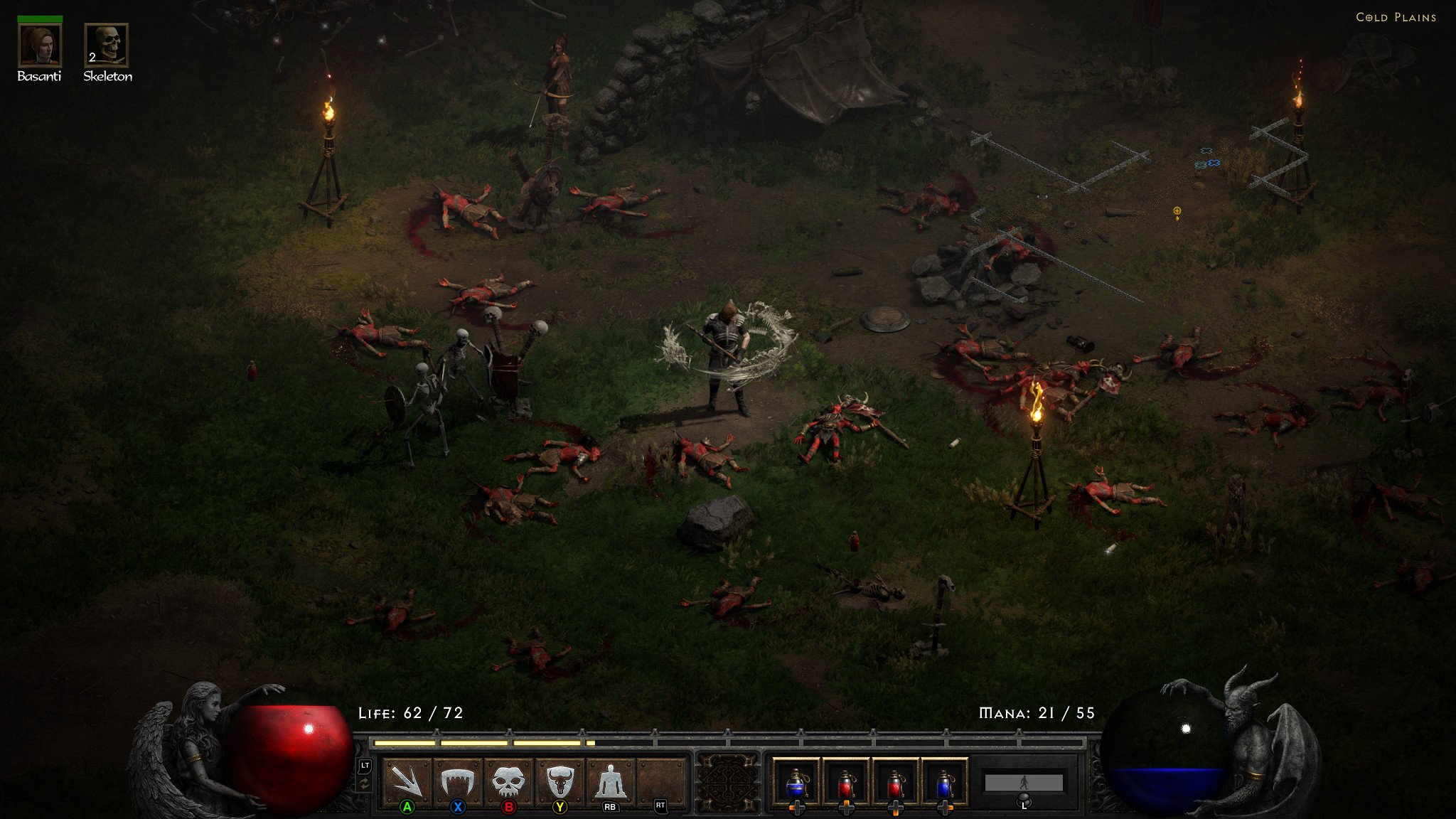
Given the nature of how a Summonmancer works, a Mercenary is far less of a "must-have" here than for other classes and builds. That said, some extra help never hurts, especially on higher difficulties. If you're playing on Nightmare difficulty, the Act 2 Offensive hireling is an excellent choice, as this Mercenary is equipped with Might.
Might causes all allies to do more damage, which includes all your summons, meaning you can rapidly increase the damage of your skeleton swarm. On Hell difficulty, once you get to Act 5, your skeletons will usually melt rapidly, so having them able to do as much damage as possible during their brief return to life is extremely important, so keep that in mind.
Where to Magic Find with your Necromancer
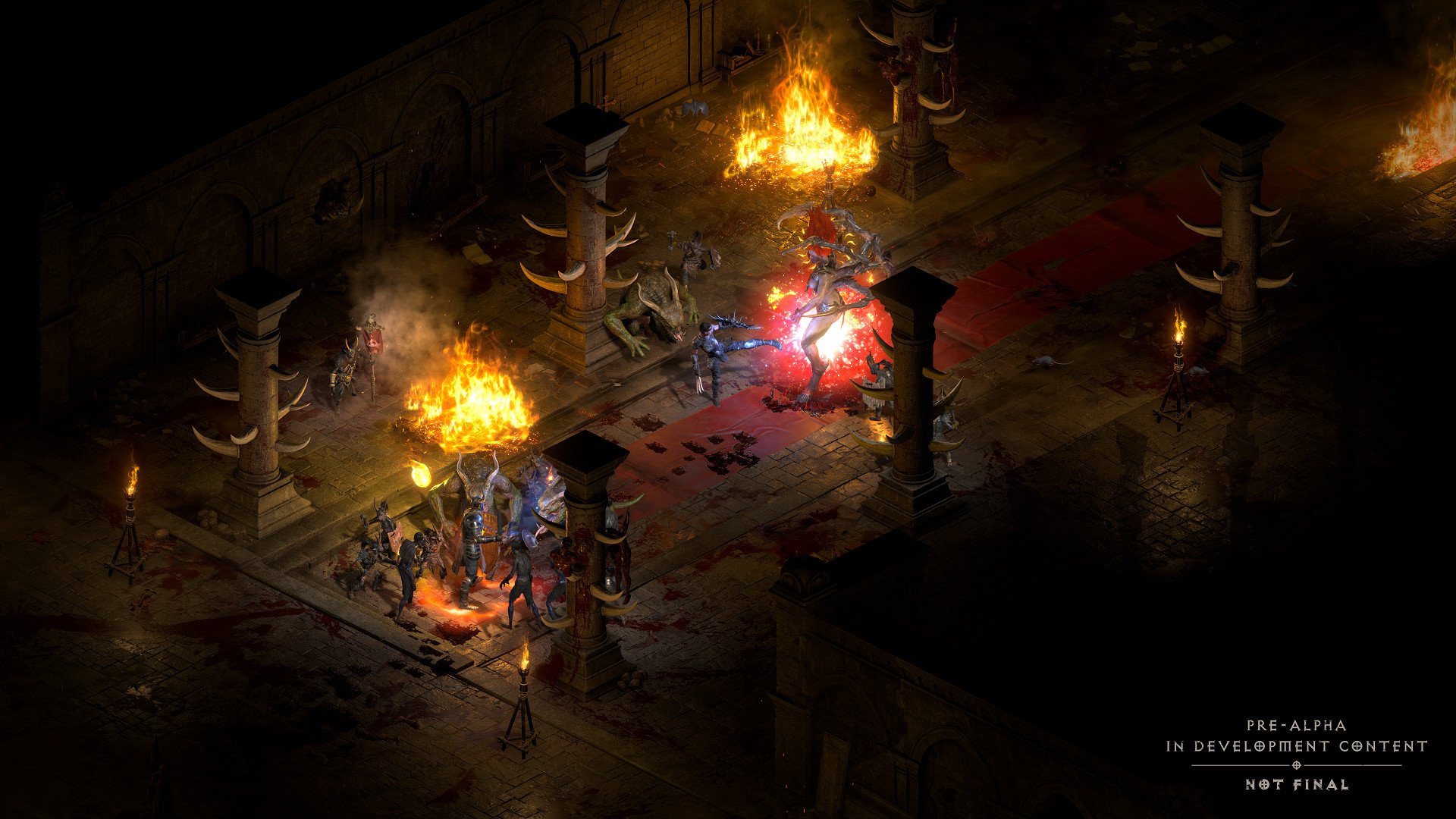
The Summonmancer is nowhere near the best build or even class for Magic Find. That said, as long as you're well prepared and have the right gear equipped and skills built up, you can't go wrong running against Diablo and Baal.
As always, the Chaos Sanctuary and the River of Flame are both places capable of dropping any items, so hit those whenever possible. The Pit is another great location, just be careful if you're on Nightmare difficulty.
Other classes are out there!
When you feel yourself wanting a change of pace from the Necromancer and you're having trouble deciding the next adventurer to tackle, don't fret, we've got a beginner's guide to classes in Diablo 2: Resurrected that'll help you make an informed choice. We've also got some general Diablo 2: Resurrected tips and tricks that are useful no matter what class you're using to trek through dungeons.
We're also continuing to track server problems, bugs, and launch issues in Diablo 2: Resurrected. Things have vastly improved since the game first launched, but there are still problems present.

Samuel Tolbert is a freelance writer covering gaming news, previews, reviews, interviews and different aspects of the gaming industry, specifically focusing on Xbox and PC gaming on Windows Central. You can find him on Twitter @SamuelTolbert.
